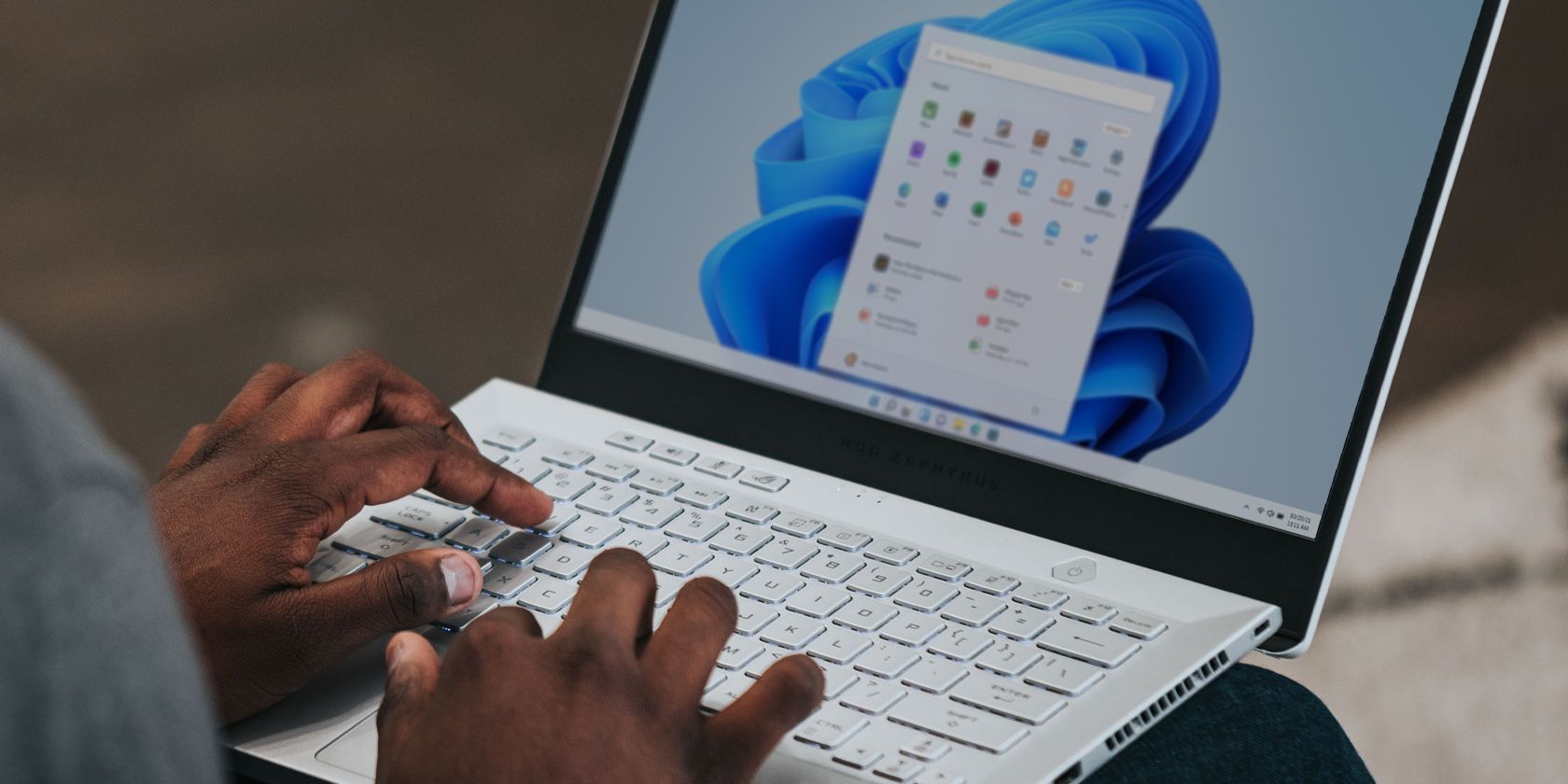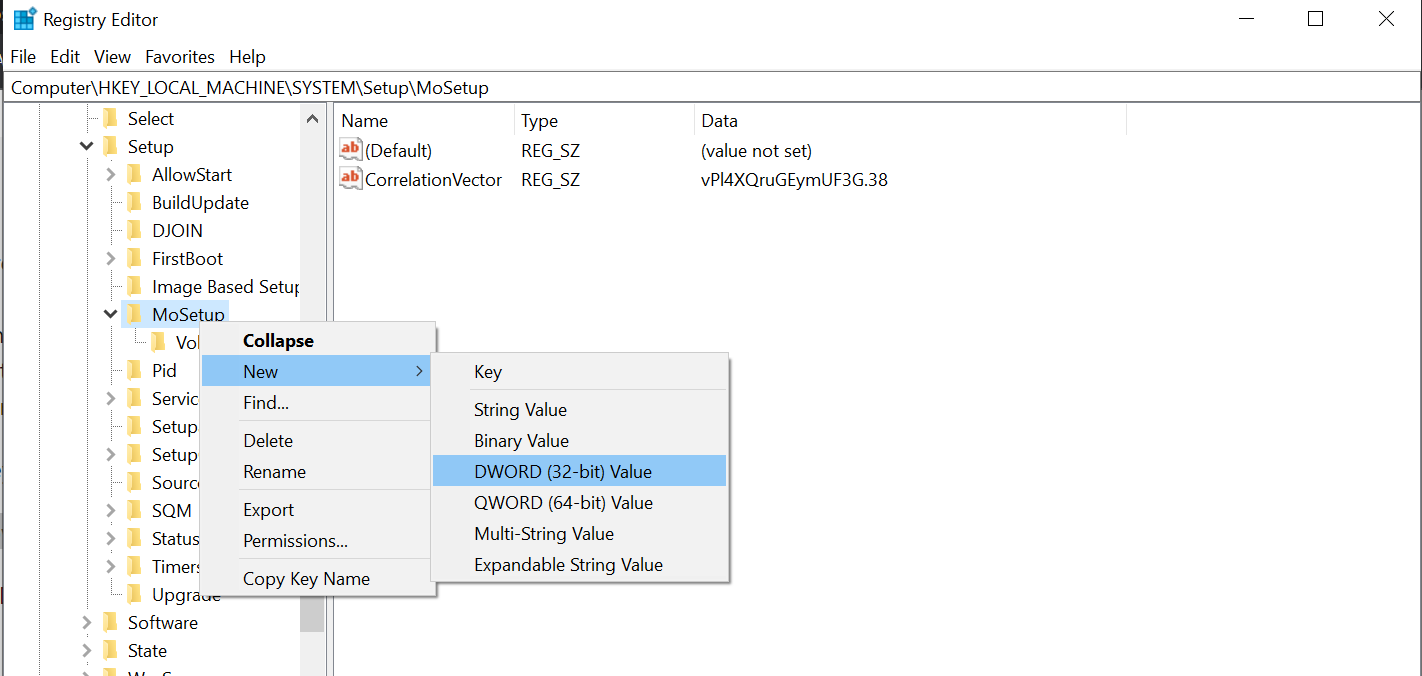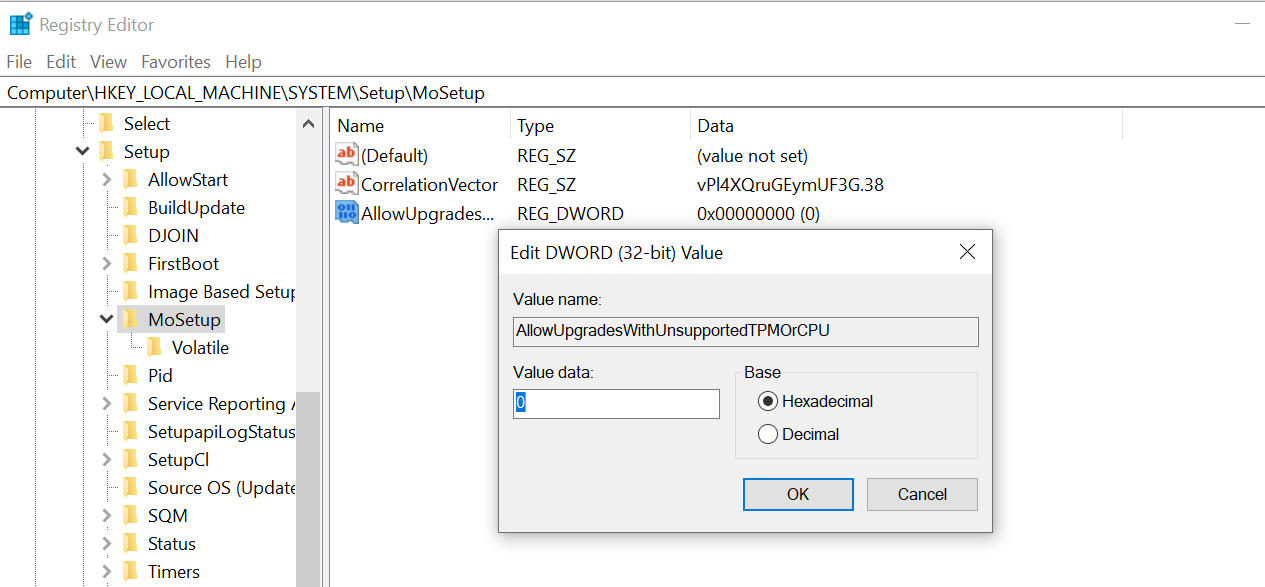Microsoft has enforced strict hardware requirements for Windows 11. The company has not backtracked over the TPM 2.0 and CPU model/family requirements, which means millions of people will be left out of the Windows 11 upgrade process.
In a display of consumer friendliness, Microsoft has shared a way to bypass the TPM and CPU model/family check for people who want to manually install Windows 11 on unsupported PCs. So, let’s take a look at how you can use the registry to circumvent the Windows 11 check.
Editing the Registry to Circumvent the Windows 11 Requirement Check
Before we discuss how to edit Windows 10’s registry, you have to understand that editing the Windows Registry can do irreparable damage to your machine if you fail to do it right.
In other words, strictly follow the instructions laid out in this article and don’t touch anything else in the registry. if you mess up, you might have to install Windows all over again.
Moreover, the following method will only bypass the check for TPM 2.0 and CPU model/family. Your computer still needs to have TPM 1.2 at the very least. If it doesn’t, then your PC is too old and you should buy a new PC.
- Open up the Registry Editor by pressing Win + R, type regedit, and press Enter.
-
In the Registry Editor, navigate to HKEY_LOCAL_MACHINE > SYSTEM > Setup > MoSetup in the left panel of the Registry Editor.
- Left-click on the MoSetup key and select New > DWORD (32-bit) value. Give it the name AllowUpgradesWithUnsupportedTPMOrCPU.
-
Double-click on the newly created entity, enter 1 in the Value Data field, and press OK.
- Finally, close the Registry Editor and reboot your computer.
Your computer is now ready to install Windows 11 even if it doesn’t meet the minimum requirements. However, if you do intend to use Windows 11 for a long time, it might be worth shelling out for a new PC.
Installing Windows 11 on Older Hardware Is Not a Good Idea
Microsoft has designed Windows 11 around newer hardware standards. The company has emphasized Windows 11’s security features like Virtualization-based Security (VBS). And almost all these features rely on the tech built into later generation CPUs.
Put simply, if you want Windows 11 to be as secure as Microsoft advertises it to be, you need to install it on machines that meet the requirements. Otherwise, you should stick with Windows 10, which Microsoft will support till 2025.



